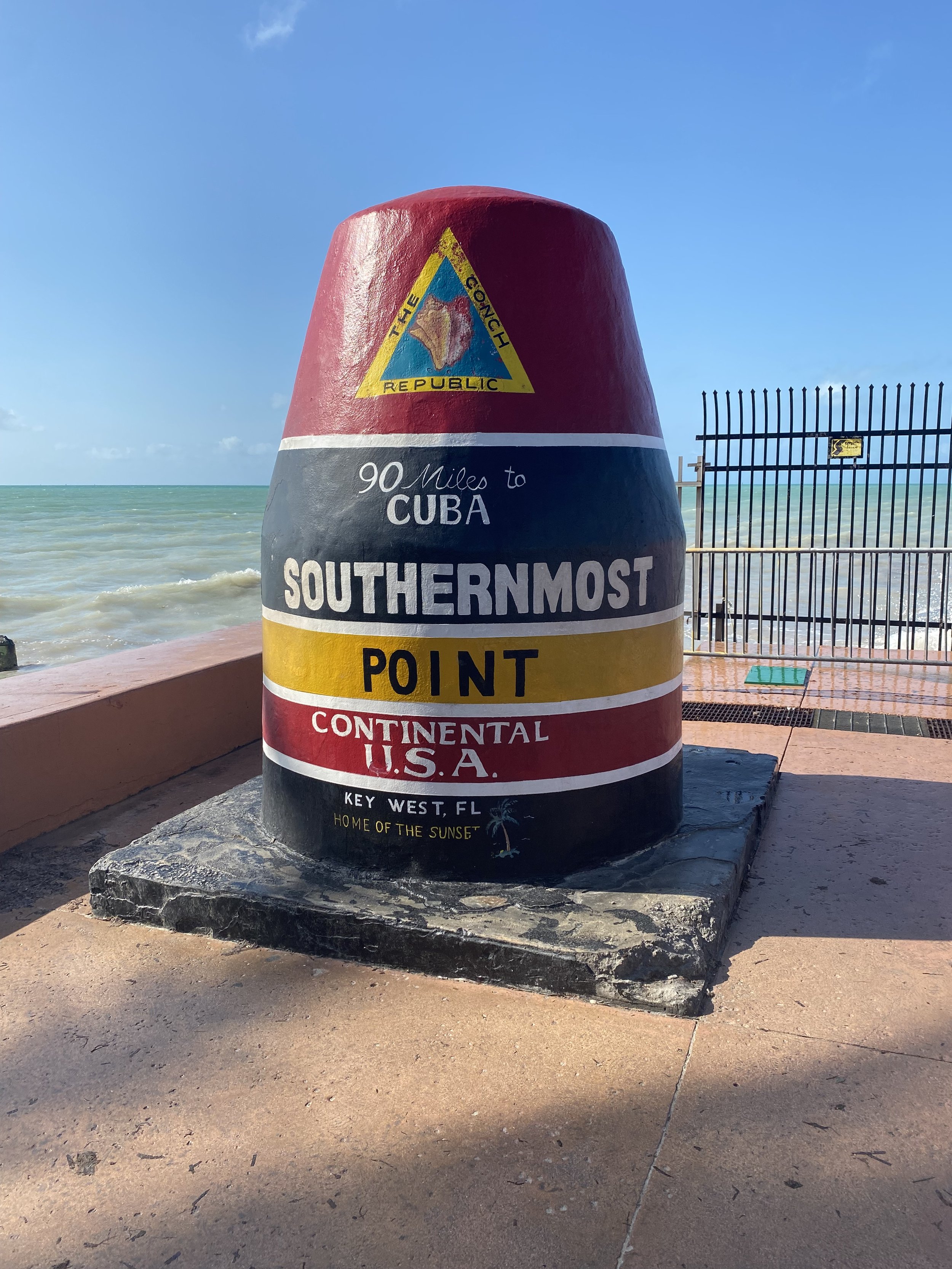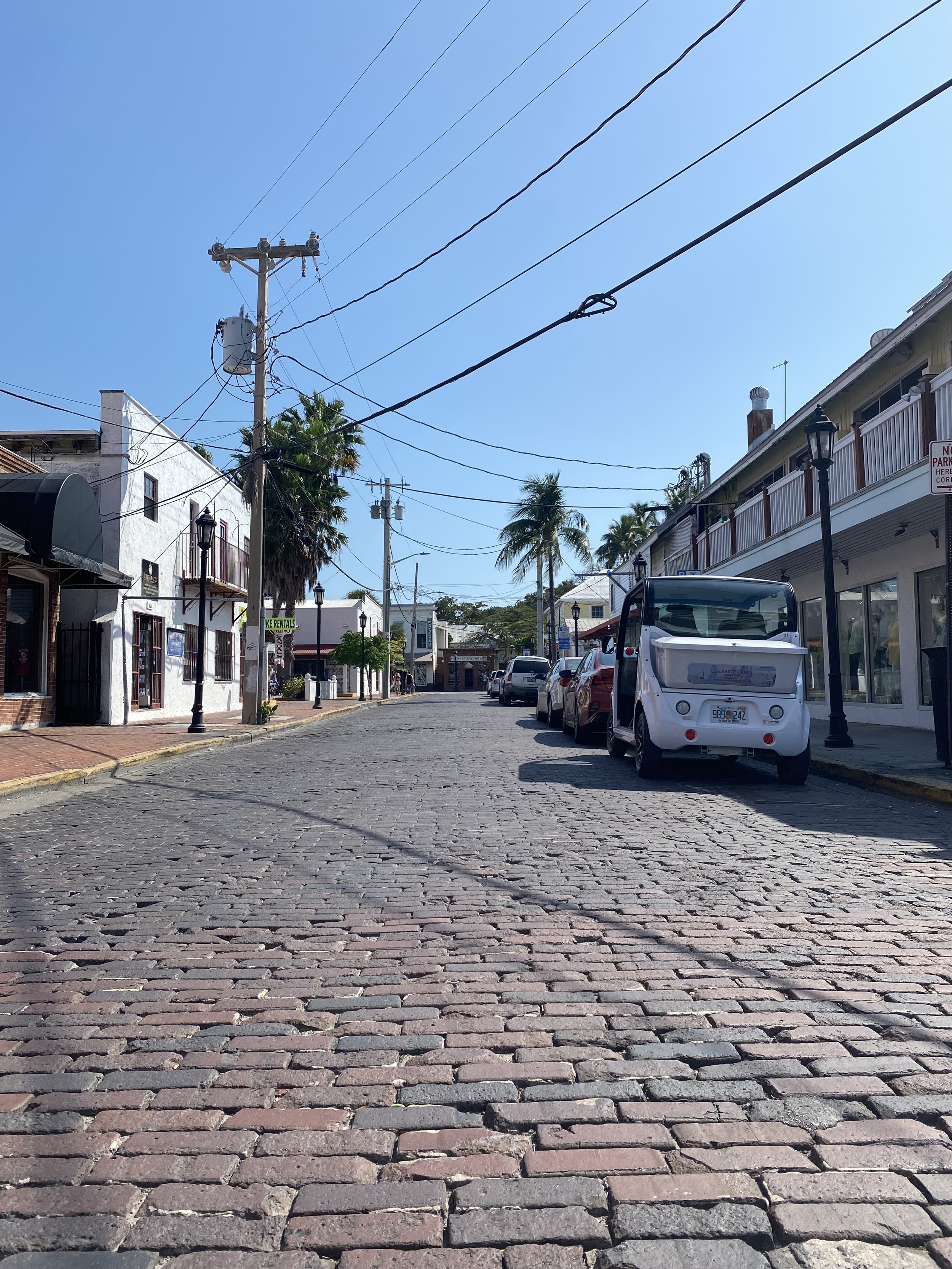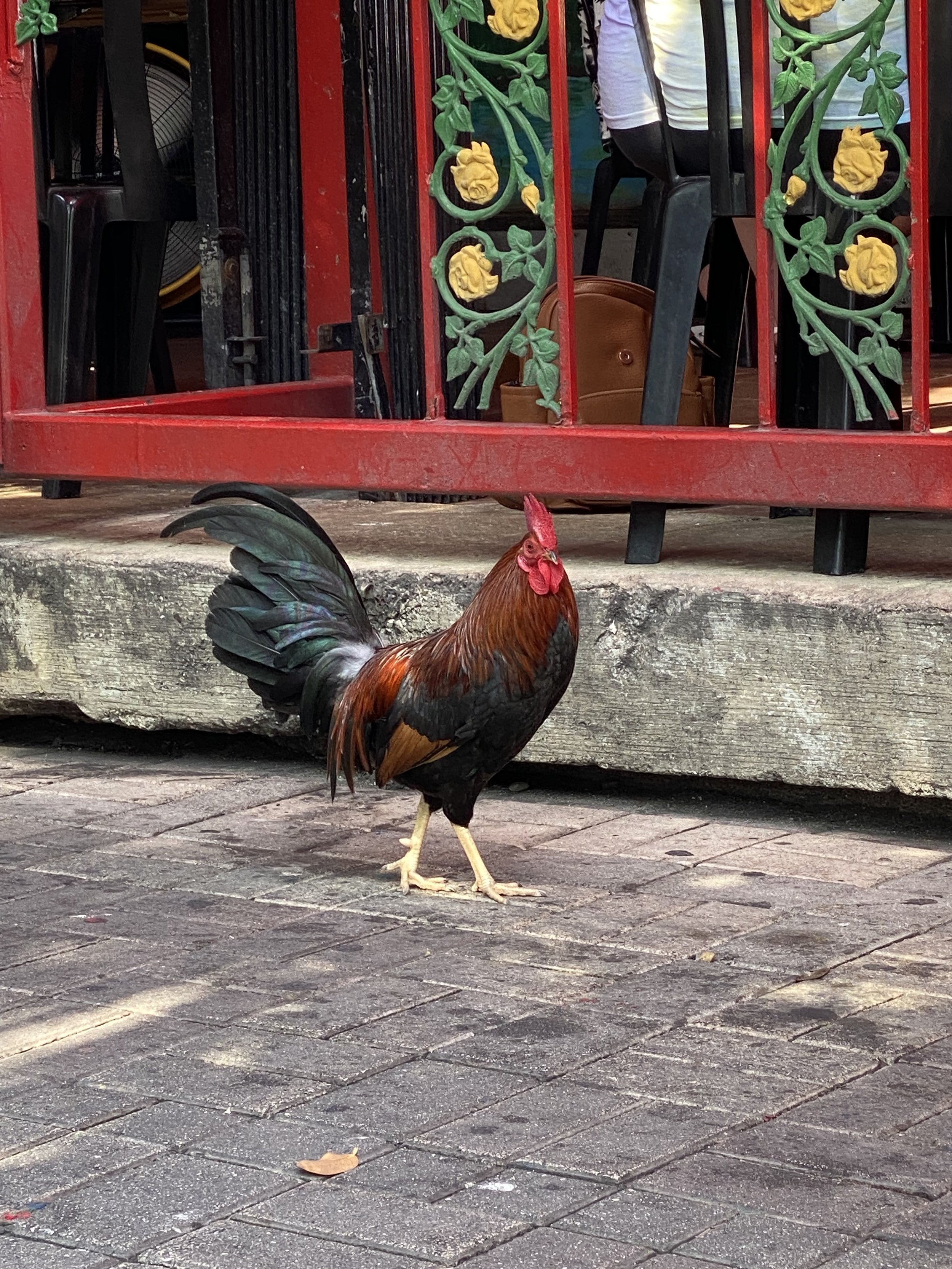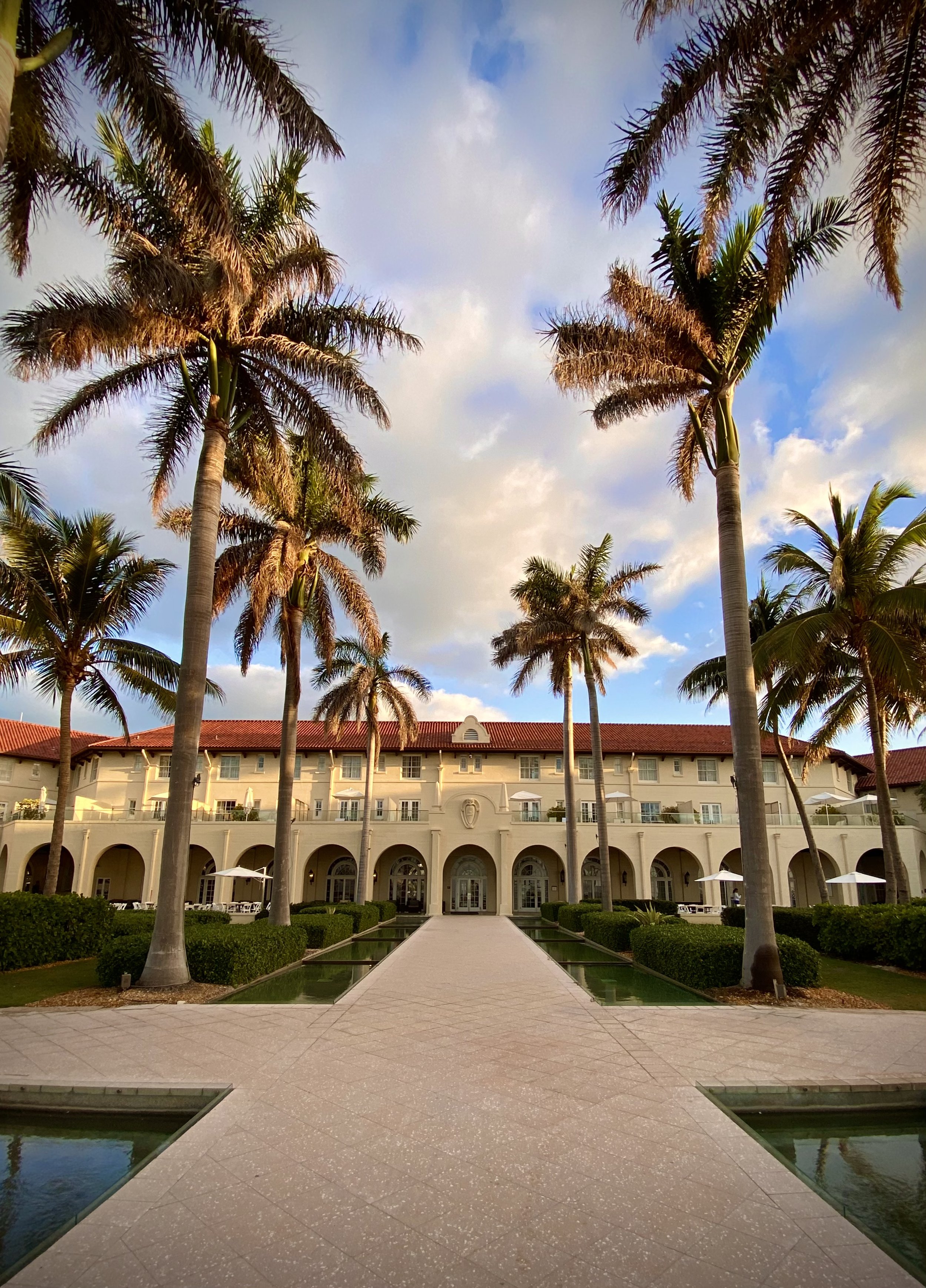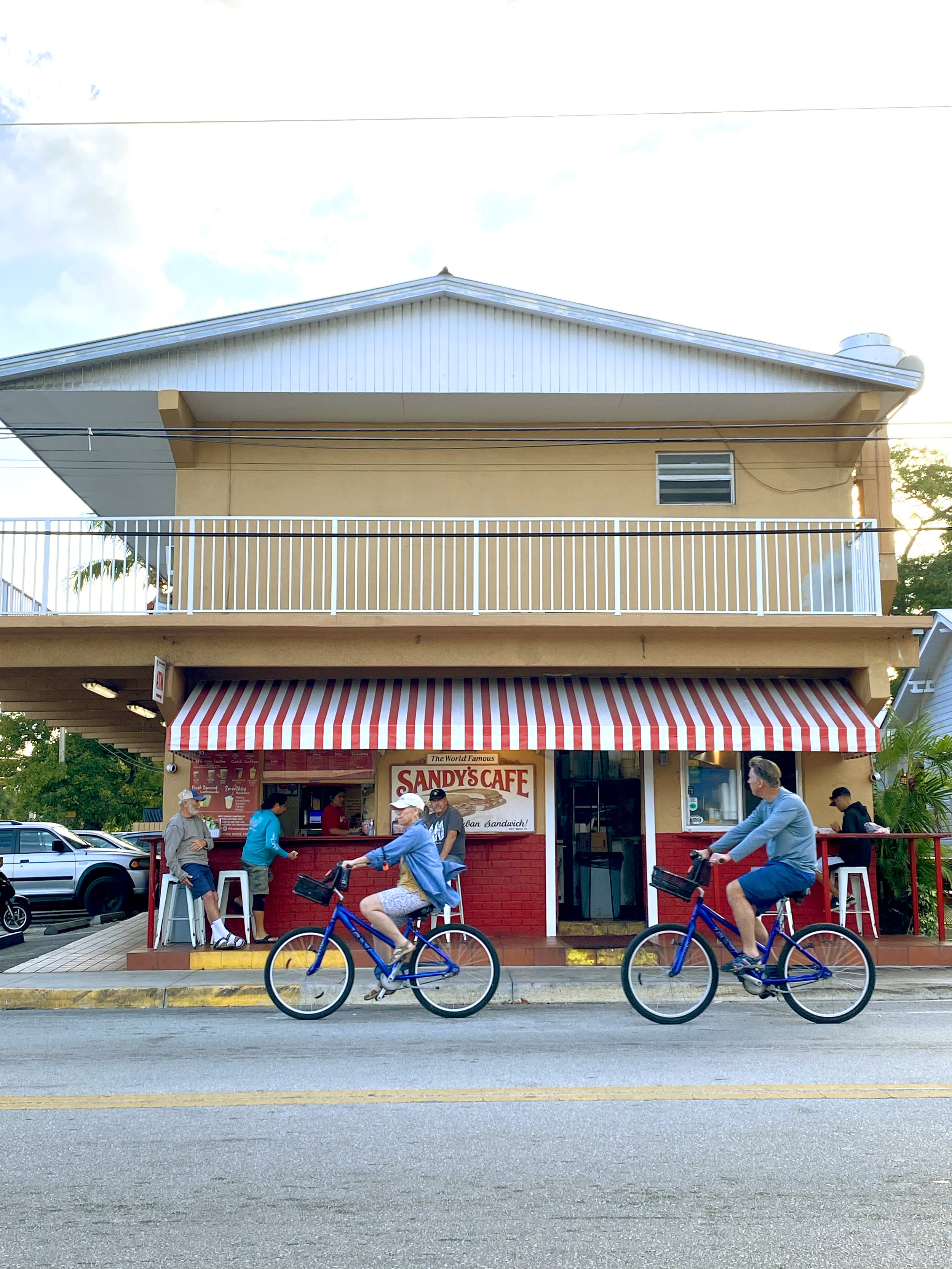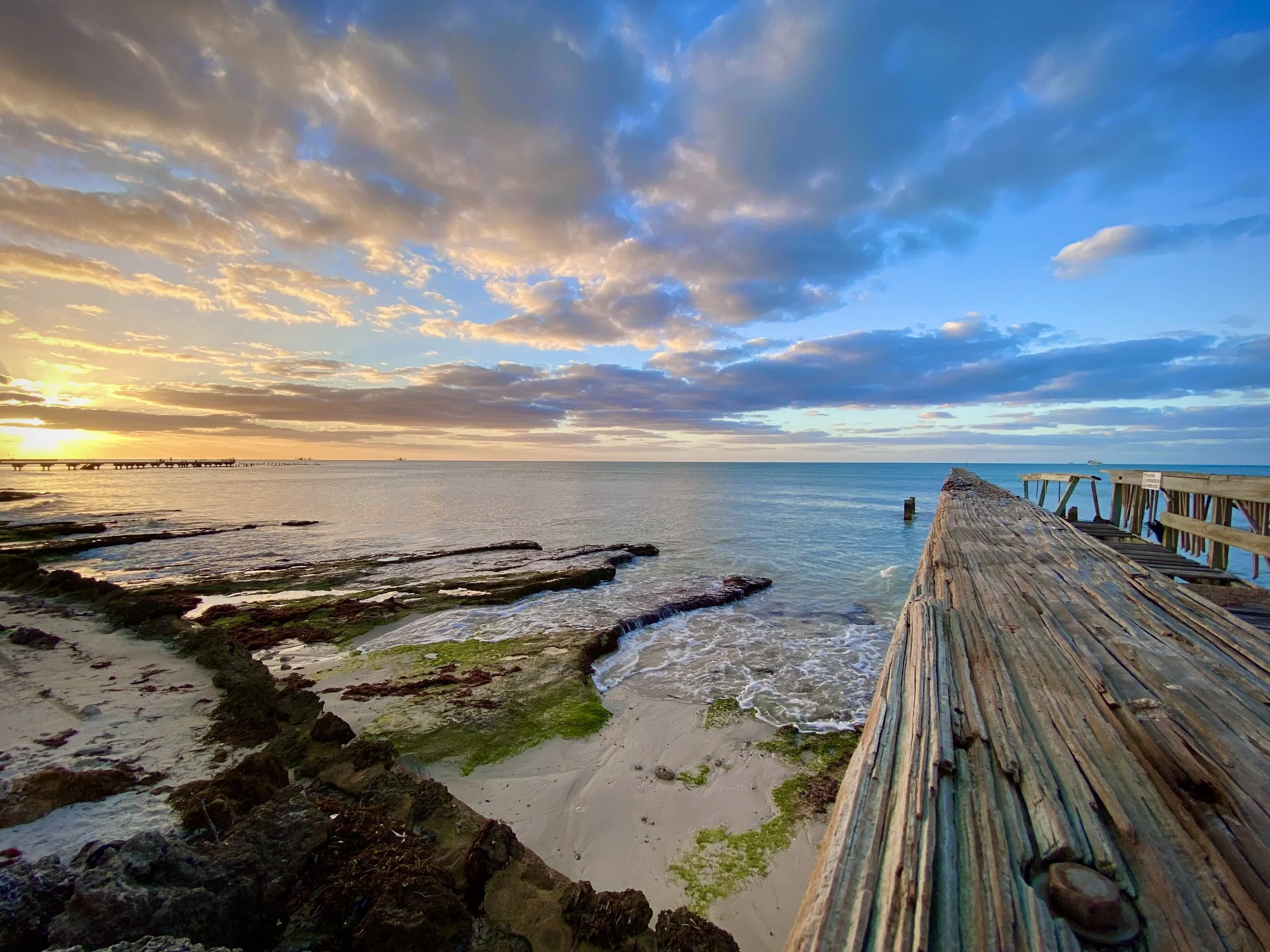The Isle of Bones
Discovered by the Spanish explorer Juan Ponce de León and claimed for Spain in 1513, a small island he called Las Martines rests approximately 90 miles north of Cuba in the Straits of Florida. It is believed the island’s native Calusa and Tequesta tribes used the cay [small island] as something of a communal graveyard prior to its Spanish discovery, earning it the name Cayo Hueso by early settlers, which is roughly translated as “bone island.”
Following some back-and-forth transference of ownership between Spain and Britain between 1763 and 1783, Juan Pablo Salas acquired the island in 1815 for his service to the Spanish Crown. He would later sell it to John W. Singleton of Alabama in January of 1822 for $2,000. In March of that same year, Lt. Commander Matthew C. Perry sailed to the “Island of Bones” and planted the American flag, claiming it along with a string of islands Ponce de León referred to as Los Martires (meaning “the martyrs”) as U.S. property.
With no formal protests made over the American claim, Cayo Hueso — or Key West — and the rest of the Florida Keys became the de facto property of the United States.
Today, the Overseas Highway (US-1) stretches 164 miles from Miami to Key West. It’s a lazy traverse, hopscotching from one “martyr” to the next, beginning with Key Largo, while boasting one of the longest overwater roads in the world with 42 bridges — including the Old Seven-Mile Bridge — providing easy access to restaurants, island shops, beautiful resorts and stunning views.
At the end of the line — and in a category all its own — is Key West. The island is beautiful, vibrant and fun; delightfully quirky with a splash of irreverence. In 1982, the island declared itself to be independent from the United States, becoming a tongue-in-cheek “micro nation” called The Conch Republic. This was in defiance of a U.S. Border Patrol checkpoint put in place to crack down on illegal drug smuggling and immigration. It’s said they even declared war on the federal government by firing a loaf of Cuban bread at a U.S. Navy officer.
While largely symbolic, the Conch Republic still exists. And in an effort to further poke fun at the federal government’s strict immigration policies, it began issuing its own passports (also symbolic) in 1985. A Conch Republic passport pays off with each stamp offering “Diplomatic Discounts” to restaurants, bars and other island attractions.
A once heaping pile of bones, Key West has become a wildly eccentric, culturally rich, historically relevant party island filled with breathtaking sights, beautiful sounds, intoxicating flavors, free-range roosters and intriguing behavior. When speaking of the people of Key West, the late Jimmy Buffett — a long-time resident of the island — said, “[they] really fed the creative soul.” The “Margaritaville” mogul went on to say, “[Key West] has a uniqueness that’ll always be there, whether I’m there or not.
So, if you find yourself in The Conch Republic, do yourself a favor and snag one of those passports, strap a Go-Pro to your chest, foot it on down Duval Street and let ‘er roll.
DUVAL STREET
For a solid taste of the Key West experience, you need not venture much further beyond Duval Street. Its 1.25-mile stretch connecting the Gulf of Mexico to the Atlantic Ocean packs it all in. From the beautiful Bahamian and Spanish influenced Victorian mansions to one of the countless souvenir shops selling cheap t-shirts — from 801 Bourbon Bar to St. Paul’s Episcopal Church, Duval Street is buzzing with activity, live music, shopping and entertainment.
SOUTHERNMOST POINT
Just one block west of the southern end of Duval Street is the buoy marker for the southernmost point of the United States. This colorful landmark makes for a popular photo opportunity with its painted stripes and inscriptions.
Adjacent to the marker, you’ll find a yellow concrete structure built in 1917 to protect the connection between the land line and 125-mile-long underwater telegraph cable lines linking Key West and Havana, Cuba.
After selfies, enjoy some breakfast at the Southernmost Beach Café only a stone’s throw from the buoy.
HEMINGWAY HOUSE
The most popular tourist attraction in Key West is the Ernest Hemingway House. The French Colonial style home was built in 1851 and inhabited by Hemingway and his wife from 1931 to 1939. While restoring and adding on to the residence, Hemingway wrote some of his best works, including For Whom The Bell Tolls. After their deaths, the house was auctioned and converted into a museum in 1964 where it has since attracted thousands of tourists as well as many, many cats.
SANDY’S CAFE
For a snack and a pick-me-up, stop in to Sandy’s Cafe for some authentic Cuban coffee and a hot loaf of Cuban bread … and please resist the urge to throw it at anyone. The “war” is over. The Conch Republic is strong.
HARRY S. TRUMAN LITTLE WHITE HOUSE
Originally built as the first officer’s quarters on the U.S. naval station in 1890, the now Harry S. Truman Little White House became a command headquarters that would accommodate the likes of former President William Howard Taft in 1912 and Thomas Edison during World War I. In 1946, President Harry S. Truman spent a doctor-ordered vacation in the house, which led to a second vacation in 1947. Eventually, Truman posited that wherever the President was, the White House was. He spent 175 days of his presidency working from the Little White House.
Since Truman’s presidency, other former Presidents such as Dwight D. Eisenhower, John F. Kennedy and Bill Clinton have used the house for either work, summit meetings or simply a place to rest.
LATITUDES
For the most optimal sunset dining, Latitudes is the place. Located on Sunset Key, reservations include transportation by boat to the small, private island where you’ll experience a breathtaking view from your table on the beach. The tenderloin and lobster risotto are solid choices and, of course, you can’t not try the key lime pie for dessert, topped with its Swiss brulée meringue. You won’t regret it.


